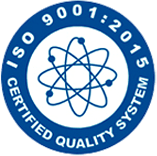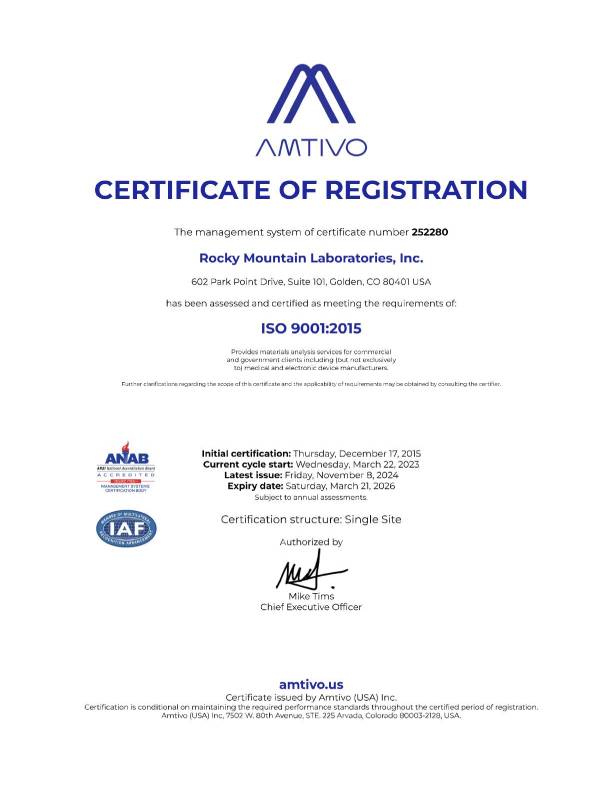Embark on a journey of precision and depth into the realm of metals and alloys with our Auger Electron Spectroscopy (AES) Analysis services at Rocky Mountain Laboratories. Uncover the intricate surface details of metals, exploring their elemental composition and chemical states.
Key Features of AES Analysis:
- Surface Sensitivity: Experience superior surface sensitivity with our AES analysis, allowing for a meticulous examination of the elemental composition of metal and alloy surfaces.
- Elemental Mapping: AES provides detailed elemental mapping, offering insights into the distribution and concentration of elements on the surface of metals and alloys.
- Chemical State Information: Go beyond elemental analysis – AES delivers information about the chemical states of elements, providing a comprehensive view of the surface chemistry.
How AES Analysis Works:
- Sample Preparation: Ensuring precise and reliable results, our AES analysis requires thorough sample preparation to achieve a clean and representative surface for metal and alloy analysis.
- Auger Electron Emission: AES utilizes the emission of Auger electrons induced by electron bombardment, offering a non-destructive method to probe the elemental composition of metal and alloy surfaces.
- Energy Analysis: By analyzing the energy of emitted Auger electrons, AES determines the elemental composition and chemical states present on the surface of metals and alloys.
Applications of AES Analysis for Metals and Alloys:
- Surface Chemistry Studies: AES is pivotal for in-depth studies of surface chemistry, providing insights into the chemical composition and behaviour of elements on the surface of metals and alloys.
- Corrosion Analysis: AES is an essential tool for studying corrosion on metal surfaces, offering detailed information about elemental changes and oxidation states.
- Alloy Composition Verification: Ensure the accuracy of alloy compositions with AES analysis, verifying the elemental makeup of alloys and identifying any deviations from the desired composition.
For more information on AES Analysis for Metals and Alloys please contact our AES Analysis Laboratory



